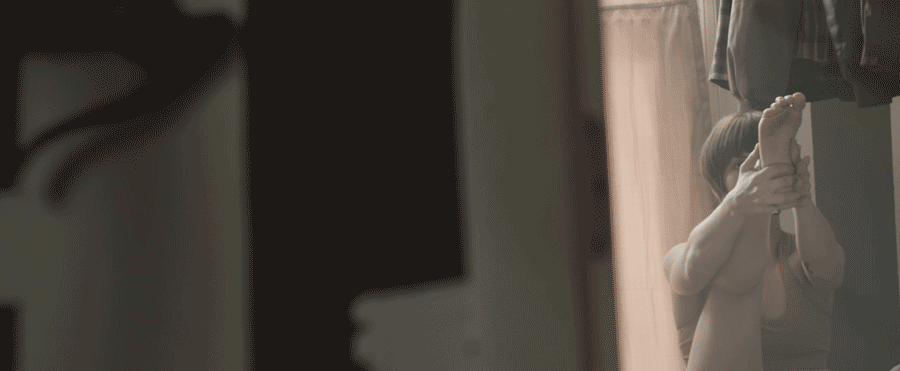Briefly, its been really fun to get to know the yoga community here in Atlanta. I'm lucky to teach at some truly wonderful studios that help me to connect with their students. Every studio does it a little different. At {Sacred} Thread one of the ways we get to interact is through a common teaching theme each month. I love it. We teach on it during class and submit our thoughts on it in writing as well. When it comes down to it I love to write but am undisciplined and work best from prompts.
Thoughts ON ahimsa:
Have you ever failed at being the bigger person? Have you ever lost your temper, slammed a door, raised your voice or wished ill upon someone? If not, please take me under your wing and teach me your ways. If so, what if anything are you intentionally doing to lessen or eliminate such behaviors? How often have you been on the receiving end of such lapses in kindness?
When you step inside of a yoga studio designated as a quiet space for meditation, set aside for a moment the need to speak words and externalize your experience to the people around you, and start breathing and focusing on the internal state of your mind and emotions what do you notice?
Do you hear a calm, confident encouragement about the yoga that's about to happen, a loud clamoring about the things on your to do list that are not being done while you're in class, a rehashing of the missed opportunity to connect with someone, a barrage of how you have to do better on your next job interview? There are limitless possibilities as individual as the emotions and situations we experience from moment to moment each day. The consistent factor each time you or anyone else practices is that in those 60-90 minutes of silence and moving you have the opportunity to observe your relationship with yourself. Reviewing those times that you have had the opportunity to observe your inner dialog, are you communicating compassionately or with animosity?
Yoga is multifaceted with the physical practice (Asana) being but one of many angles by which one might undertake to "do yoga." In fact, it is a more traditional approach that the student spends time and tutelage under a guru to demonstrate a mature self-understanding and an ability to externalize moral behavior in interactions with the rest of the living world. Those particular two facets of yoga are the Yamas and Niyamas - ten things to not do or do along your path of practicing yoga. At the top of the list of Yamas, the actions to refrain from doing, is to commit violence. In the West we talk about having compassion, being peaceful and non-violent and in the East this same concept is termed Ahimsa. Whatever you want to call it - ahimsa or compassion - this ethical construct is viewed as a foundational aspect of moral behavior cross-culturally.
So often it is demonstrated that in order to get anyone to make a change we much lead by example. So often we find ourselves multi-tasking and underperforming. As far as kindness and compassion go the trend follows - its natural to want other people to demonstrate kindness to us yet we in turn fail miserably all of the time at being examples of said kindness. Yoga anticipates, predicts and provides a solution for all of this. When you step inside of the yoga studio and are allowed a consistent quiet space to go in and observe your relationship with yourself do you find that it is perhaps not unlike your other relationships? Do you perfectly execute kindness and compassion on your self or do you allow there to be some level of harsh critique...violence?
Yoga is there to give you that time and space to practice compassion on yourself. Sometimes the teacher is there to push you to your very physical limits so you can see how your relationship with yourself is under stress (while getting a nice workout), sometimes the teacher is there to give you practice that will allow you to relax into a pose with as little work as possible so you can almost entirely focus on accepting exactly where you are. Each day is different, you are different each day but the yoga is there consistently in whatever iteration you need to begin to grow your practice of Ahmisa, your capacity for compassion on yourself.
Being kind and compassionate to others is a much a skill as any sport or artistic talent. To become a master at painting one must attain the necessary dexterity of hand by holding different bushes and practicing different strokes. Chances are you learned to ride a bike by practicing with training wheels or on a tricycle. Doing anything that requires skill takes practice, consistently, emphasizing foundations but also increasing the difficulty again and again and again. Yoga, undertaken with intention is the perfect method for practicing compassion on yourself. The differences it might have initially in your relationships might be subtle but as you stand a little taller, compose your face through hardship, and remember to balance your breathing, external stressors seem more like tough poses - challenging, yes, but ultimately just one more step along the path of yoga.
"Ahimsa calls for the strength and courage to suffer without retaliation, to receive blows without returning any." M. K. Gandhi


